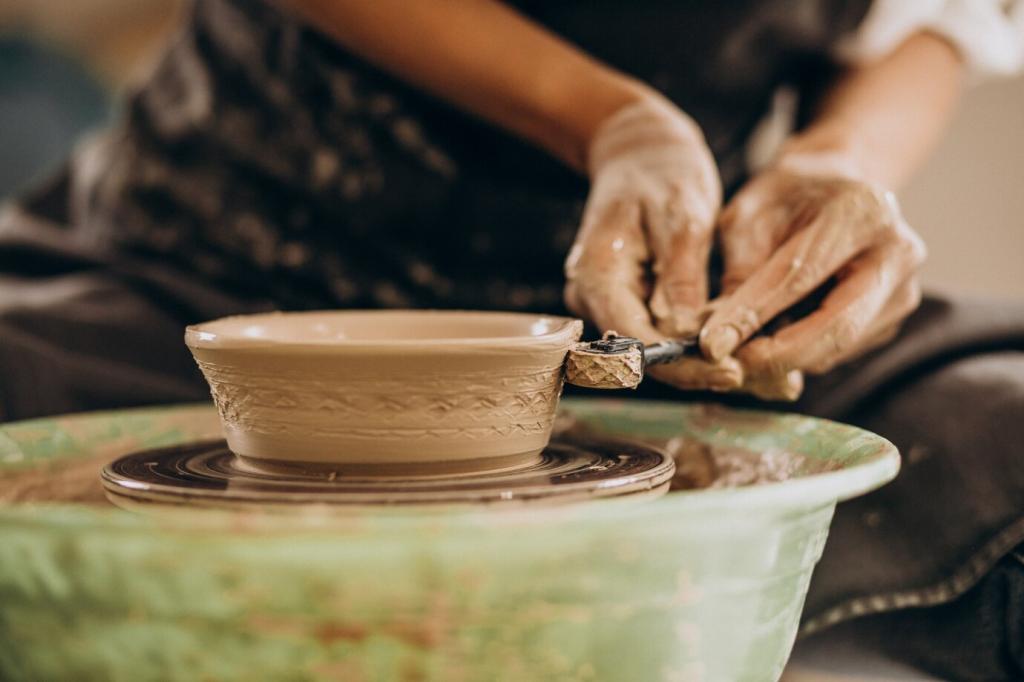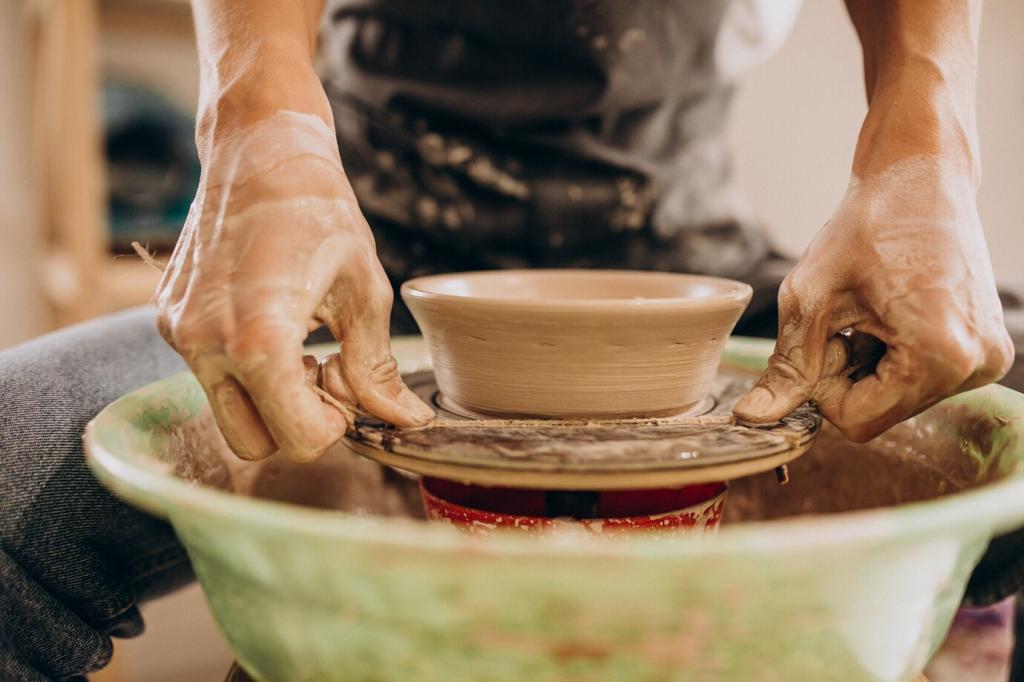The Art of Fermentation: Alive, Tangy, Timeless
Chosen theme: The Art of Fermentation. Step into a kitchen where invisible helpers transform humble ingredients into vivid flavors, nourishing traditions, and everyday magic you can taste and share.
What Fermentation Really Is
Fermentation is a carefully guided conversation between microbes, salt, and time, turning sugars into acids, bubbles, and complex aromas that preserve foods while deepening their nutrition and character.
A Short Story From a Family Crock
On my grandmother’s porch, a stoneware crock burped gently each autumn; the first sauerkraut batch tasted like crisp apples and sea air, and neighbors traded jars like treasured letters.
Join the Culture Club
Subscribe for new ferments, ask questions in the comments, and share what you are fermenting this week—name your jar, note the bubbles, and celebrate every delicious milestone.
Safety and Confidence
For crunchy vegetables, aim for a 2 to 2.5 percent salt brine by weight, keep jars submerged, and ferment around cool room temperatures, roughly eighteen to twenty-two degrees Celsius.

Tools and Setup
Use glass jars or stoneware crocks with nonreactive weights; airlocks help but are optional. Keep a dedicated cutting board and a scale for consistent brines and repeatable results.
Tools and Setup
Fresh, firm produce ferments best; choose non-iodized salt and chlorine-free water to protect microbes. Seek seasonal abundance at markets, and celebrate imperfect shapes that still carry exceptional flavor.


Flavor Alchemy
Experiment with caraway, juniper, garlic, dill, or gochugaru; each spice nudges microbes toward distinct notes. Keep batches small, compare side by side, and tell us which blend sings.
Flavor Alchemy
Size your cuts thoughtfully and weigh vegetables well; brining draws moisture for crunch. Add carrots for snap, or radishes for bite, then report your favorite combinations for future readers.





Troubleshooting and Growth
Slow Ferment? Try This
Increase ambient warmth slightly, add a spoonful of active brine from a thriving batch, or include a bit of sugar for the microbes. Report back with timing, flavor, and texture.
Too Sour or Too Salty
Balance aggressively sour kraut with a quick rinse, or stir in fresh shredded cabbage to mellow intensity. For saltiness, blend with unsalted vegetables, then share your rescue strategies with readers.
Keep a Fermentation Journal
Log dates, weights, temperatures, and taste notes for each batch; patterns will emerge. Subscribe to receive our printable template, and comment if you want a mobile version prioritized next.
